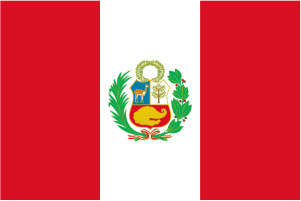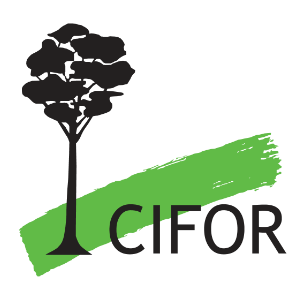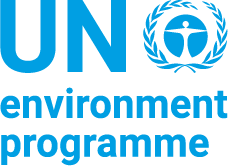
Peat contains various persistent compounds derived from plant materials. We isolated a novel (+)-catechin-degrading bacterium, Burkholderia sp. KTC-1 (KTC-1), as an example of a bacterium capable of degrading persistent aromatic compounds present in tropical peat. This bacterium was isolated by an enrichment technique and grew on (+)-catechin as the sole carbon source under acidic conditions. The reaction of a crude enzyme extract and a structural study of its products showed that (+)-catechin is biotransformed into taxifolin during the preliminary stages of its metabolism by KTC-1. HPLC analysis showed that this transformation occurs in two oxidation steps: 4-hydroxylation and dehydrogenation. Furthermore, both (+)-catechin 4-hydroxylanase and leucocyanidin 4-dehydrogenase were localized in the cytosol of KTC-1. This is the first report on biotransformation of (+)-catechin into taxifolin via leucocyanidin by an aerobic bacterium. We suggest that tropical peat could become a unique resource for microorganisms that degrade natural aromatic compounds. © 2007 Elsevier Inc. All rights reserved.
Download:
 file
file

- Authors: Matsuda, M., Otsuka, Y., Jin, S., Wasaki, J., Watanabe, J., Watanabe, T., Osaki, M.
- Author Affiliation: Forestry and Forest Products Research Institute, Hokkaido University
- Subjects: catechin, catechin 4 hydroxylanase, enzyme, leucocyanidin 4 dehydrogenase, pycnogenol, taxifolin, unclassified drug, article, bacterial growth, bacterium isolation, biotransformation, burkholderia, carbon source, controlled study, dehydrogenation, enzyme localization, high performance liquid chromatography, hydroxylation, nonhuman, priority journal, protein metabolism, biotransformation, burkholderia, catechin, flavonols, oxidation-reduction, quercetin, soil microbiology, species specificity, bacteria (microorganisms), burkholderia sp.
- Publication type: Journal Article
- Source: Biochemical and Biophysical Research Communications 366(2): 414-419
- Year: 2008
- DOI: https://doi.org/10.1016/j.bbrc.2007.11.157
















